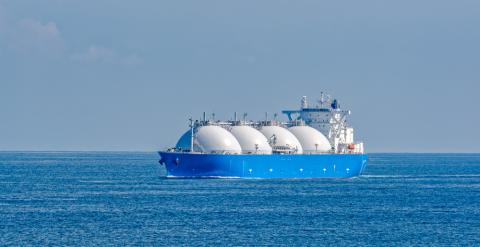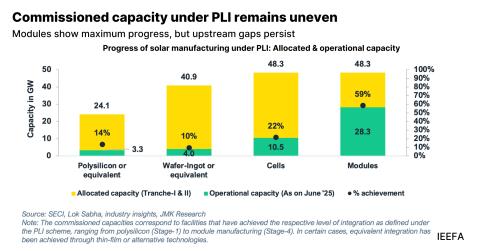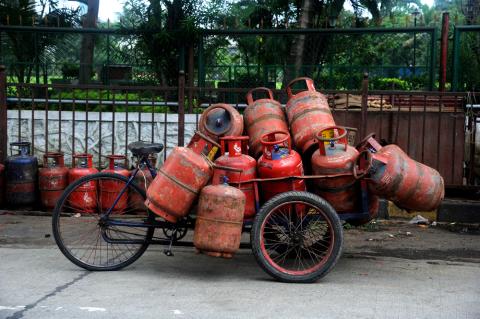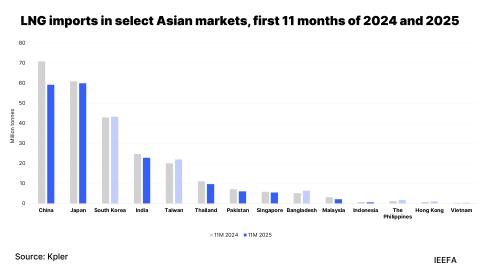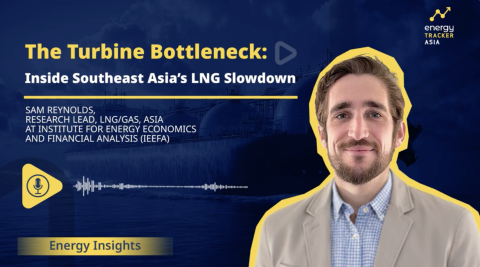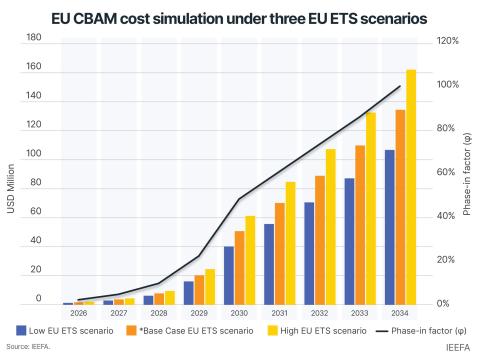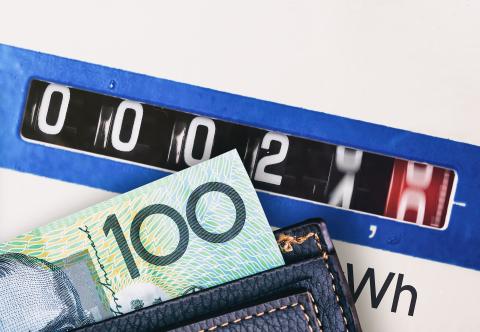Fast-tracking federal gas approvals unlikely to increase gas supply this decade
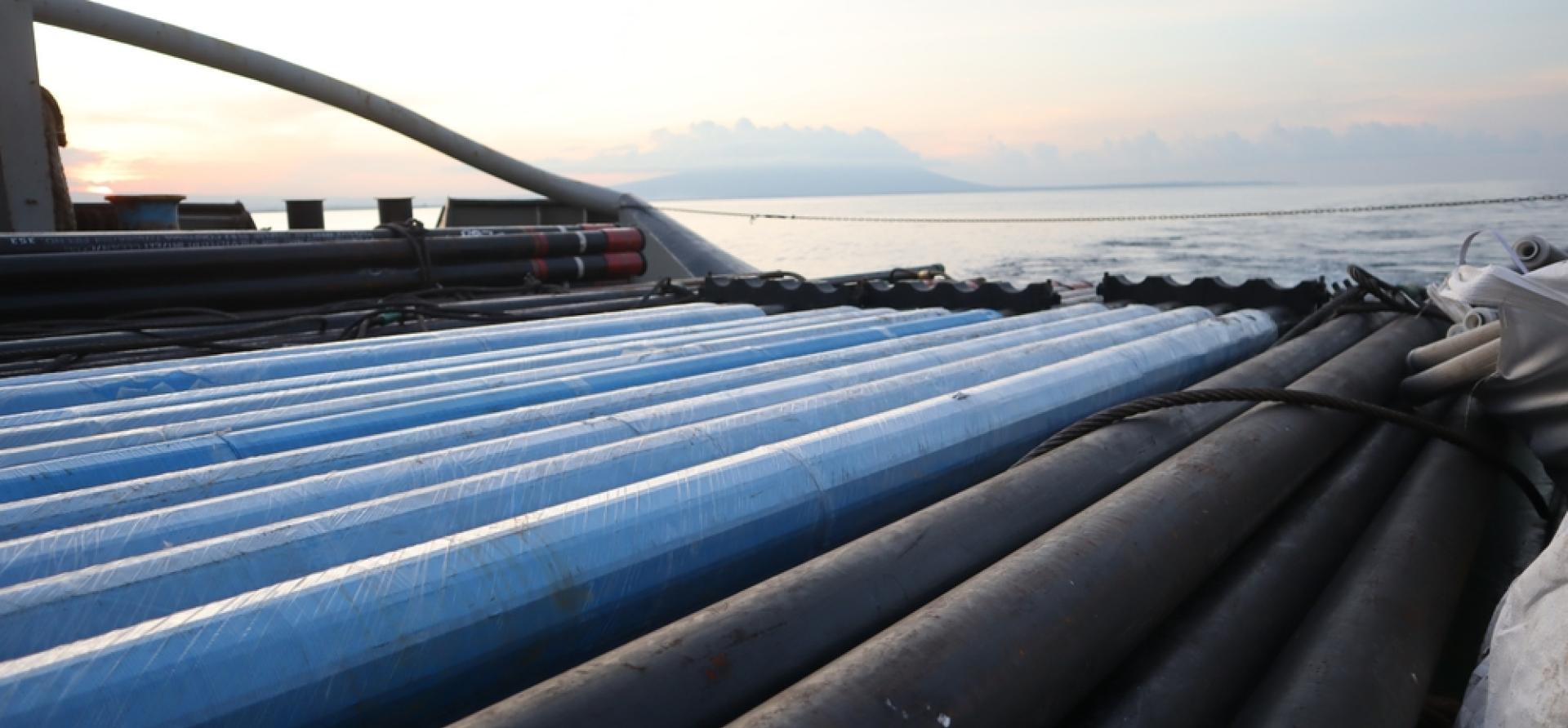
Key Findings
Federal approval processes for new gas developments have come under increasing scrutiny given the prospect of gas shortages, particularly on the east coast, before 2030.
Calls for the federal government to fast-track new gas projects are unlikely to result in any new gas supply on the east coast this decade as very few projects require federal approval.
The decade-long push for new gas supply has not materially reduced the risk of gas shortages (although declining domestic gas demand has delayed the timing of shortages).
The federal government should consider measures to divert small volumes of LNG, beyond that required to meet long-term contracts, into the domestic market to put downward pressure on prices and address cost of living concerns.
Recent controversy over the lengthy approval process for Woodside’s North West Shelf extension has ignited debate over whether Australia’s environmental approval processes are unnecessarily delaying new gas projects. The federal government’s move to delay its decision on the project has increased scrutiny of its approval processes.
Santos chief executive Kevin Gallagher weighed into this debate recently, calling for both state and federal governments to address barriers to the development of the proposed Narrabri gas project in northern New South Wales to ensure sufficient domestic gas supply.
The gas industry more broadly has called for reforms to regulatory approval processes to bring on new gas supply. Industry body Australian Energy Producers argues that the Australian Energy Market Operator’s (AEMO) March 2025 Gas Statement of Opportunities (GSOO), “makes clear that governments and regulators must work with industry to remove regulatory barriers to new gas supply and investment to avoid shortfalls”.
In its GSOO, AEMO forecasts the southern states on the east coast could face structural gas shortages as early as 2029 even if anticipated new gas supply projects were delivered on time. Specifically, AEMO forecasts a gas shortage of 24 petajoules (PJ) in the southern states in 2029. The Australian Competition and Consumer Commission (ACCC) has similarly forecast gas shortages in coming years. Its December 2024 report urged governments to “reduce regulatory barriers to investment … to ensure that new supply can be delivered in a timely fashion”. The ACCC’s report, crucially, also recommended the federal government consider mechanisms to divert additional gas to the domestic market once the Queensland LNG projects’ legacy contracts expire in the 2030s.
The heightened focus on federal approvals is understandable given the Commonwealth has sole responsibility for approving offshore developments and some onshore developments that are “likely to have a significant impact on a matter of national environmental significance” (along with the relevant state government).
Calls for federal regulatory reforms to fast-track new gas projects to address gas shortages on the east coast, however, ignore the fact there are limited projects awaiting federal approval
Gas companies face other barriers to developing new gas projects. It generally takes two to five years for a project to deliver gas once a production licence has been issued, and potentially much longer for projects in the exploration and appraisal stage. Therefore, fast-tracking federal approvals will not bring new gas to market quickly.
Santos’s Narrabri project is one that could affect the timing of any east coast gas shortages. However, the project, which Santos has been seeking to develop for more than a decade, still requires Native Title Tribunal approval and negotiation with landowners for the proposed route of the associated Hunter Gas Pipeline. By September 2024, Santos had negotiated access with only a quarter of landowners along the proposed route. Further negotiations present a potential barrier to the Narrabri project given Santos noted “the project also needs certainty over the pipelines before it would give the green light”.
A range of other projects are proposed to increase southern state gas supply, as outlined by the ACCC late last year. However, only a handful that are subject to federal approvals could provide material new gas supply.
Further, proponents of these projects have not identified regulatory approval as a barrier to the development of their gas projects. Rather, these projects face other risks, such as commercial, exploration and appraisal, macroeconomic, financing and technical risks. Beach Energy’s recent decision to suspend development of its Bass Basin assets demonstrates these challenges.
Put simply, fast-tracking federal approvals is not likely to fast-track new gas supplies on the east coast, based on the proposed projects, and certainly not quickly enough to address the risks of looming gas shortages. Further, despite repeated calls from the ACCC for new gas supply since at least 2017, the east coast remains precipitously close to gas shortages.
Fortunately, there are several alternative approaches that can help to address gas supply concerns, including:
- Diverting relatively small amounts of LNG, beyond that required to meet foundation LNG contracts, to the domestic market.
- Measures to reduce gas demand, such as household and industrial electrification and energy efficiency upgrades.
- Fast-tracking renewable energy and battery storage projects, which can reduce the need for gas for electricity generation.
While steps are already being taken with respect to gas demand and renewable energy projects, much more can be done. For example, Australia lags far behind New Zealand on the implementation of industrial heat pumps, which present a short-term opportunity to reduce gas demand and energy costs in the food and beverage sector. The GSOO forecasts industrial gas demand to stay nearly constant to 2039, so any reduction would have a direct impact on forecast shortages.
The federal government has not yet sought to specifically divert any gas destined for export to the domestic market, beyond the domestic gas commitments under the Gas Market Code.
This is despite the obvious market failure arising from market concentration on the east coast, with Queensland’s LNG exporters and their associates having influence over 90% of east coast gas reserves, a level of influence the ACCC warns could lead to “hoarding behaviour”. At the same time, Queensland’s LNG exporters continue to export excess gas into LNG spot markets, prolonging challenging domestic market conditions that are contributing to cost of living pressures, higher energy bills and industrial closures.
Given the federal government’s limited ability to increase gas supply, and the adverse impacts of gas market conditions on the east coast in recent years, it is time for the federal government to consider measures to divert small volumes of LNG to the domestic market.


